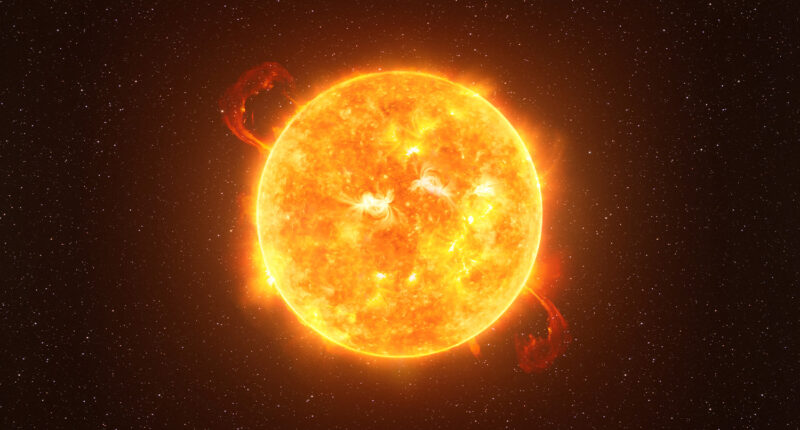A STAR could possibly reach supernova in our lifetime and account for the first since 1604, according to a reassessment from researchers.
Calculations from researchers from Tohoku University in Japan and the University of Geneva in Switzerland suggest that Betelgeuse is nearing the end of its star lifetime.
After a recent prognosis, the researchers have concluded that Betelgeuse has just a few decades before it reaches supernova, Science Alert reported on Monday.
It is in the red supergiant star phase which is the final stage in a massive star’s lifetime before it goes supernova and is located in the Orien constellation.
The last star to reach supernova was in 1604 in the Milky Way, Astro Bites reported.
Betelgeuse is located a little more than 650 light-years from Earth.
Reported “strange’ fluctuation patterns have the researchers to believe that it may reach supernova sooner than expected.
There has been speculation whether the fluctuations meant a nearby supernova or were just normal end-of-life patterns.
The researchers reassessed oscillations in the brightness of the star and found that it likely could.
The current fluctuation patterns have shown researchers that it is changing frequencies at a rate that usually takes other stars much longer to reach.
Most read in News Tech
This has caused the researchers to estimate that the star is a smaller and a younger O-type star.
This would correlate with it reaching supernova at a quicker rate.
The researcher’s calculations have yet to be peer-reviewed but give good reason to believe that a supernova could possibly occur in a few decades.
The supernova phase causes it to become extremely bright right before it completely dies out and explodes.
In May, Betelgeuse shined brighter than it ever has before which started speculations, per Science Alert.
Betelgeuse is clearly recognizable due to being the second brightest star in the Orien constellation, Astrobites reported.
Betelgeuse is also sometimes recognized as Beetle juice, Astrobites added.
It is estimated to have come into existence around 10 million years ago making it a somewhat short life for a star.










